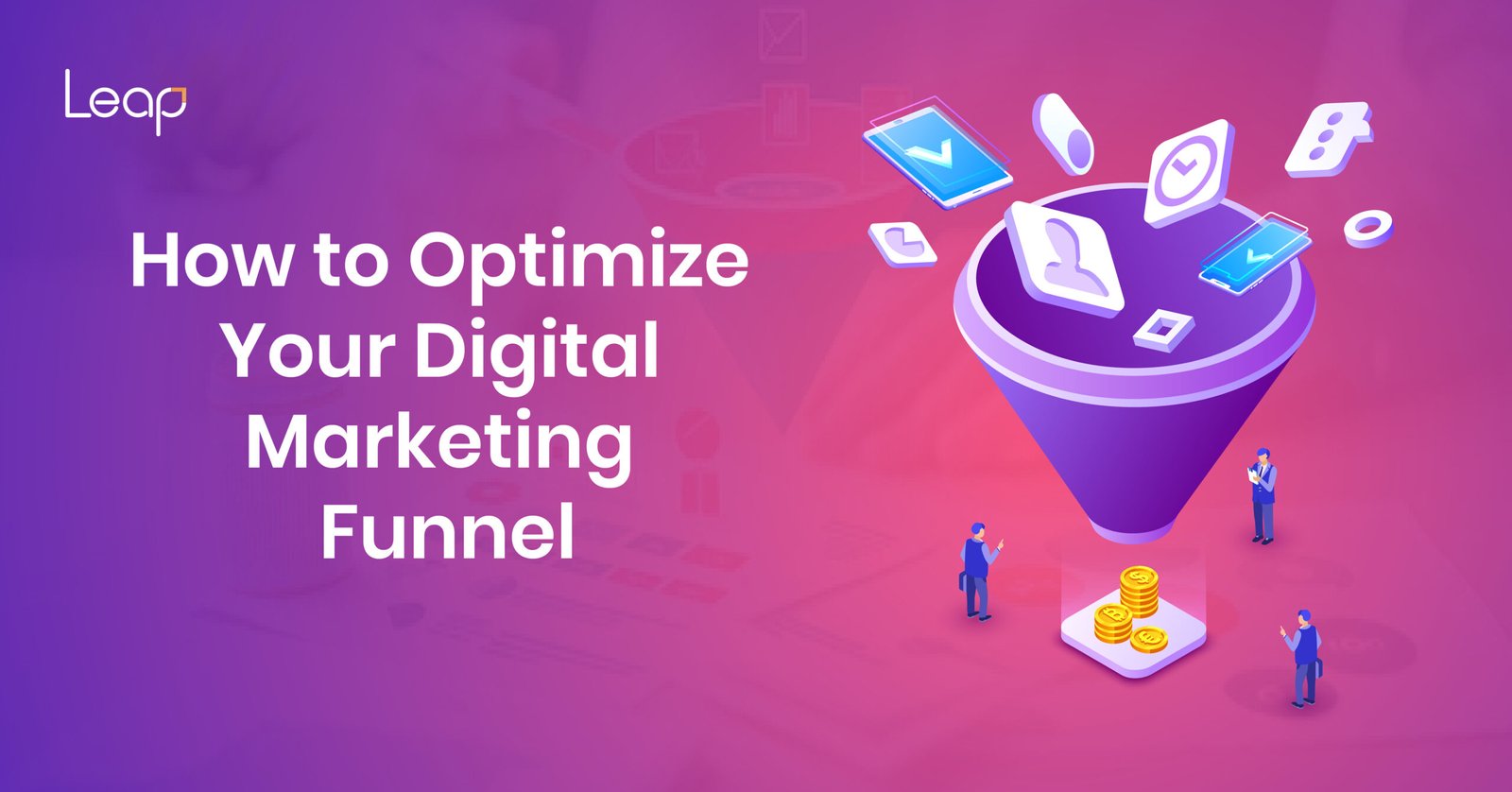
Introduction
In 2025, website speed is no longer just a technical metric—it’s a business imperative. As digital competition intensifies, search engines like Google prioritize fast, responsive websites in their rankings. Meanwhile, users expect seamless browsing experiences with instant loading times. Slow websites don’t just annoy users; they hurt your search engine rankings, lower conversions, and reduce your credibility.
That’s why optimizing your website for both speed and SEO has never been more important. This comprehensive guide will walk you through everything you need to know about improving your website’s performance in 2025.
1. The Impact of Website Speed on User Experience and SEO
User Experience (UX)
53% of mobile users abandon a site if it takes longer than 3 seconds to load.
A 1-second delay can result in a 7% reduction in conversions.
Faster websites lead to longer sessions and lower bounce rates.
SEO Rankings
Google uses Core Web Vitals as a ranking factor.Slow-loading pages have higher bounce rates, signaling poor quality.
Page load time affects crawl budget and indexing efficiency.
traffic. According to Google, faster websites rank higher and have up to 2x more organic
2. Key Factors Affecting Website Speed
Here are the primary culprits behind slow websites:
Server Response Time
The time it takes for your server to respond to a browser request.
A good response time should be under 200 milliseconds.
Unoptimized Images
ressed images significLarge or uncompantly slow down load times.
Excessive HTTP Requests
Too many stylesheets, scripts, or fonts can delay rendering.
Lack of Browser Caching
When browsers can’t store elements locally, users must re-download them with each visit.
Render-Blocking JavaScript
Scripts that load before content prevent the browser from displaying the page quickly.
Heavy CSS and JavaScript Files
Bloated code increases page weight and load time.
Too Many Redirects
Each redirect increases latency and delays rendering.
3. Effective Strategies to Improve Website Speed
Follow these action-oriented techniques to accelerate your website in 2025:
Use a Content Delivery Network (CDN)
Distribute content via global servers for faster loading times.
Optimize Images
Compress with tools like TinyPNG, ImageOptim, or WebP formats.
Use lazy loading to load images only when they enter the viewport.
Minify HTML, CSS, and JS
Remove unnecessary spaces and comments using tools like MinifyCode or Autoptimize.
Enable Browser Caching
Cache static resources to reduce server requests.
Upgrade Hosting Solution
Move to a VPS or cloud-based hosting if you’re on shared hosting.
Implement GZIP Compression
Compress files before they’re sent to the browser to reduce bandwidth.
Eliminate Render-Blocking Resources
Defer non-critical JS and CSS to improve First Contentful Paint (FCP).
Reduce Redirects
Limit internal and external redirects to maintain performance
Reduce Redirects
Limit internal and external redirects to maintain performance.
4. Website Speed and Its Relationship with SEO
Search engines, especially Google, now consider speed as a core factor in their ranking algorithms.
Core Web Vitals (CWV) in 2025:
LCP (Largest Contentful Paint): Measures loading performance.
FID (First Input Delay): Measures interactivity.
CLS (Cumulative Layout Shift): Measures visual stability.
Meeting these metrics not only boosts SEO rankings but also creates better user experiences.
🔗 Learn how Leap Marcom implements CWV optimization strategies at www.leapmarcom.com
5. Tools and Resources for Measuring and Improving Speed
Use these free and paid tools to monitor and enhance your site performance:
Google PageSpeed Insights
Offers mobile and desktop performance scores
GTmetrix
In-depth analysis and recommendations
WebPageTest
Allows multi-location testing
Lighthouse (Chrome DevTools)
Audit site performance, SEO, and accessibility.
Cloudflare
CDN and DNS management for better speed and security.
WP Rocket / NitroPack (for WordPress)
Automates caching, minification, and CDN use.
5. Tools and Resources for Measuring and Improving Speed
Misconception #1: Speed Is Only About Load Time
Reality: It’s about user perception, interactivity, and visual stability too.
Misconception #2: Only Developers Can Optimize Speed
Reality: Many speed fixes are accessible via plugins or no-code tools.
Misconception #3: Mobile Speed Doesn’t Matter as Much
Reality: Over 70% of web traffic comes from mobile in 2025. Mobile speed is critical.
Misconception #4: More Plugins = Better Functionality
Reality: Too many plugins can slow down your site dramatically.
Conclusion
In the evolving landscape of 2025, website speed and SEO are inseparable pillars of a successful digital presence. Improving load times not only helps with search engine rankings but also enhances user satisfaction, engagement, and conversion rates.
Implementing the strategies outlined in this guide can transform your website from slow and clunky to fast and high-performing.
For businesses looking to go a step further, we at Leap Marcom specialize in performance-driven website optimization, ensuring you meet modern SEO standards and user expectations.
Frequently Asked Questions (FAQs)
Under 2.5 seconds is ideal, especially on mobile devices.
Yes. CWVs are officially part of Google’s ranking signals.
Yes, but only if used wisely. Tools like WP Rocket and Smush help, but too many plugins can slow you down.
Absolutely. Images make up 50-70% of page weight and greatly affect speed.
Quarterly is recommended, or after major site changes.









